DIY Design That Works: Visuals Built for Busy Owners
You’ve got a hundred things to do today—fix the website header, post that product launch, maybe design a flyer for the pop-up you booked last-minute. Design isn’t your job, but it keeps following you around. It shows up in your social posts, your signage, your packaging. You didn’t ask to become a part-time graphic designer, but here you are, staring at an empty canvas wondering where to start. The work has to look good. It has to be fast. And it has to feel like you made it on purpose—even if you only had 20 minutes.
Start with Repeatable Templates
If your design workflow begins with a blank canvas every time, you’re burning hours you can’t spare. Building a toolkit of templates that save time and ensure consistency is a game changer for momentum and brand clarity. Think slide decks, Instagram posts, newsletters—pick your formats, then lock in your basic layout. Swapping out headlines or images takes seconds, not sessions. And because you’re using the same framework every time, your audience learns what your brand looks like. That kind of visual recognition builds trust.
Trust AI to Handle the Repetitive Bits
You probably know what you want your design to look like—but don’t always have the time to build it from scratch. That’s where AI tools for graphic design come in: tools that interpret your inputs and generate layouts, image styles, or content variations without compromising your vision. It’s not about full automation. It’s about speed, support, and creative control. You make the decisions. The AI clears the clutter. And what used to take 30 minutes? Done in three.
Prioritize the Eye’s Path
Before you even think about colors or fonts, ask yourself what you want someone to notice first. Once that’s clear, you can start shaping the layout using design that guides the viewer’s eye—a method that plays with contrast, alignment, and scale to move attention with intention. Your headline might be oversized, your product image placed dead center, and your call-to-action tucked into the final visual stop. This isn’t decorative work—it’s directional. When done well, viewers don’t even realize they’re being led. But they feel it.
Embrace the Grid (and the Breathing Room)
Start with structure before you start dragging elements around. Simple visual frameworks, especially those that keep your layouts clean and balanced, act like invisible scaffolding behind your designs. Grids, padding, alignment—they give your layout order and calm. When you avoid clutter and let the elements breathe, your audience doesn’t have to work hard to see what matters. A sloppy design makes everything feel rushed. A clean one lets your ideas land.
Choose Color Like You Mean It
Even great layouts fall apart if the colors are screaming at each other. That’s why it’s worth spending ten minutes upfront to choose a cohesive color scheme that matches your tone and audience. Pick a palette of three or four colors: one primary, one accent, and maybe a neutral. Then stick to it. This restraint forces clarity—and makes your designs feel like they belong together. Loud doesn’t mean clear. Subtle, consistent color decisions say, “I know what I’m doing.”
Know the Core Rules, Even If You Bend Them
You don’t need to memorize design jargon—but you should get comfortable with using hierarchy, contrast, and white space to give your visuals strength. These principles aren’t for experts—they’re for anyone trying to get a message across fast. Make the important part bigger. Let supporting text whisper. Leave enough space around each section so it can stand on its own. This isn’t about making something pretty—it’s about making something clear. And clarity makes everything feel more professional.
Speed Up with Smart Tools (and Keep the Reins)
The less time you spend adjusting line spacing, the more time you have to run your business. Today’s design tools help you speed up visuals with shortcuts—auto-alignment, dynamic resizing, color matching. These aren’t gimmicks. They’re accelerators. Use them to remove the friction between idea and execution, without surrendering your creative voice. You’re still the driver. The tech just clears the road.
Perfection isn’t the goal—consistency is. Your audience wants to feel something when they see your brand, whether it’s in their inbox, on a sign, or in a story post. That feeling starts with design. And with the right tools and a few key rules, you can deliver that consistently without burning hours. Let your visuals breathe. Let your tools help. Most importantly, let yourself off the hook—you’re building trust, not a portfolio.
Join the Paradise Ridge Chamber of Commerce and become part of a vibrant community dedicated to local pride, professional growth, and civic progress!

